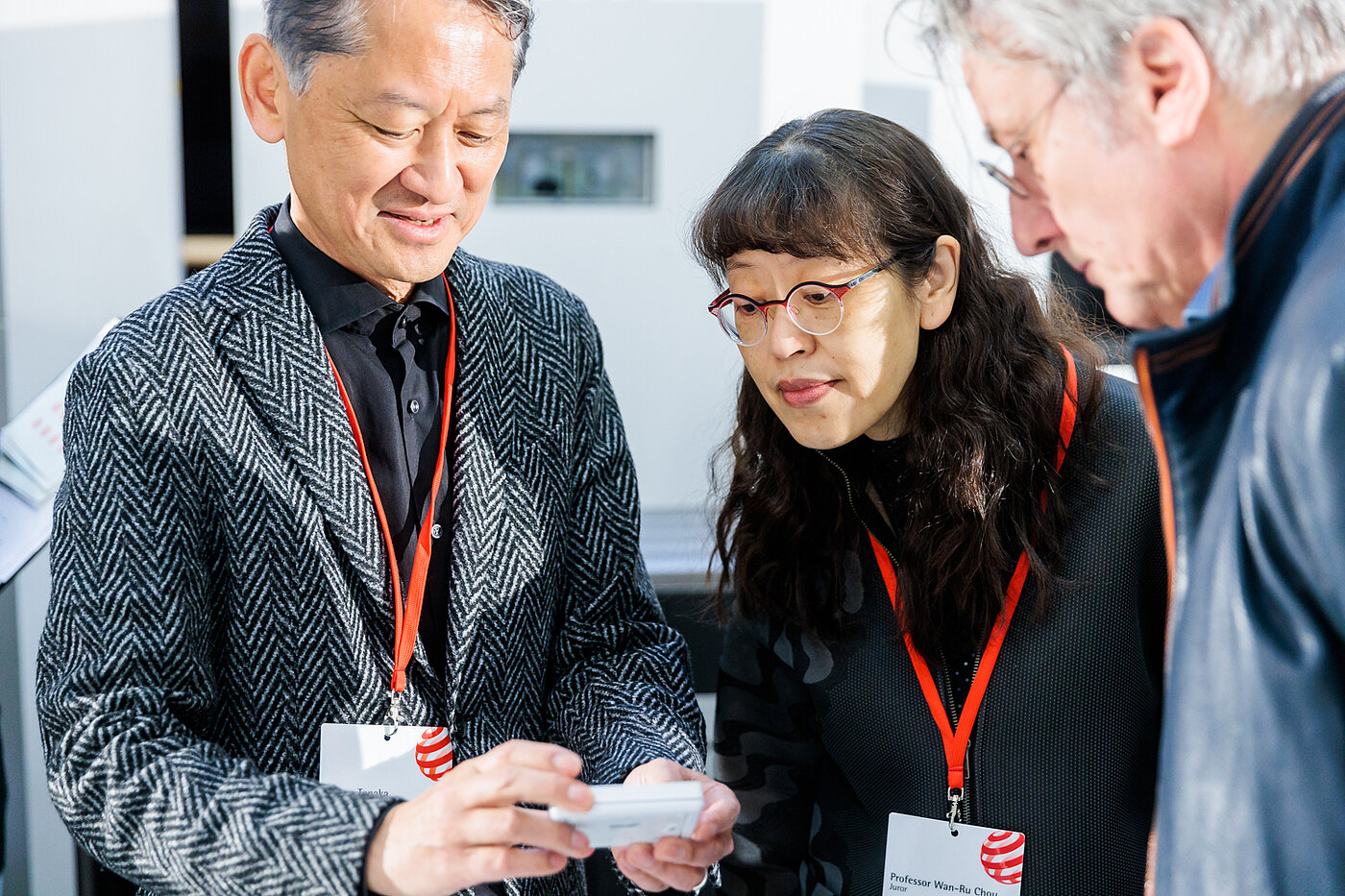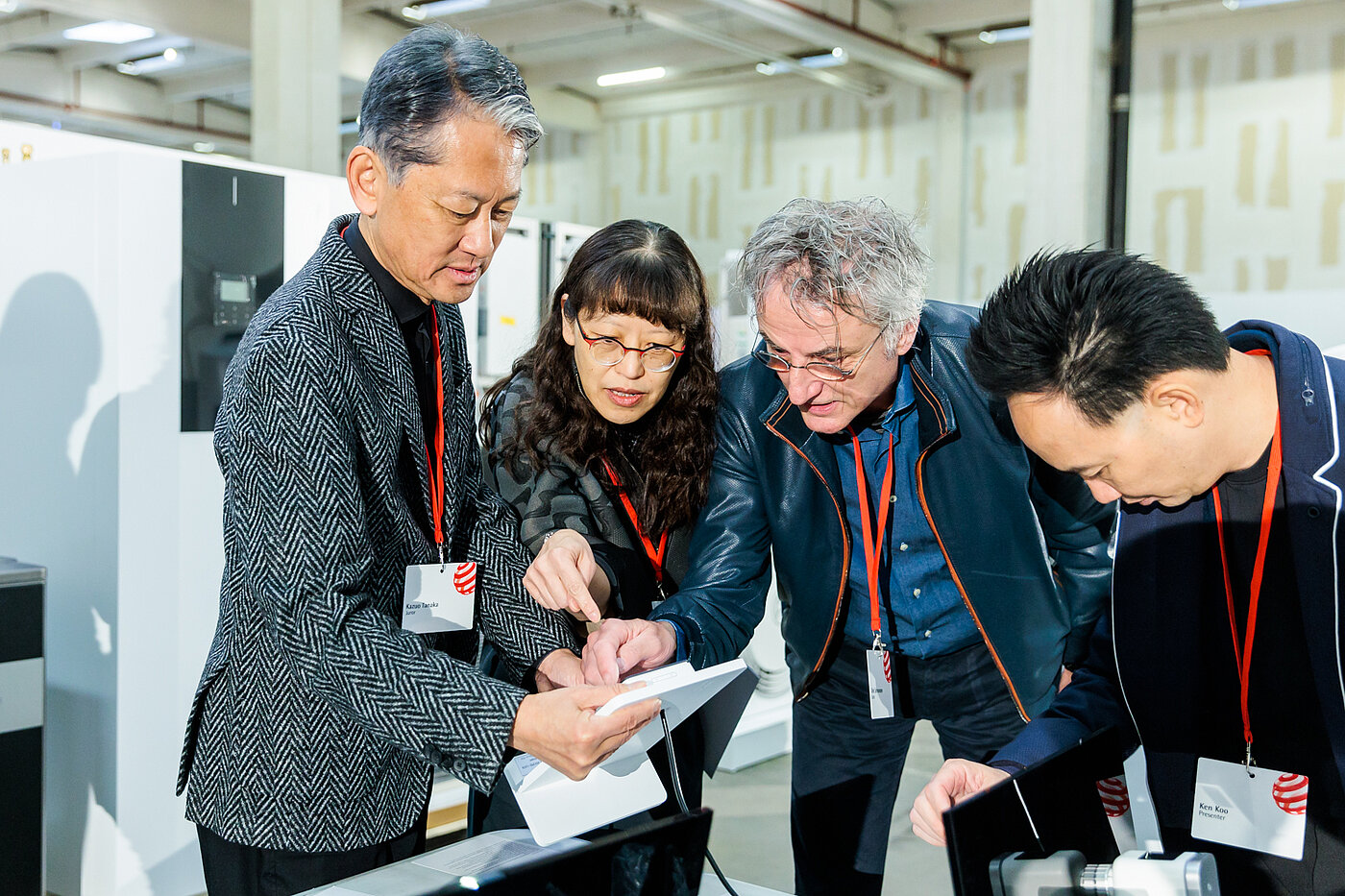Mag. Art Wan-Ru Chou
Wan-Ru Chou graduated from the University of Applied Arts Vienna with a master’s degree in product design. Since 1994 she has been a full time associate professor in the Department of Industrial Design at Shih Chien University (SCID), and from 2016 to 2021 she was dean of the university’s College of Design. From 1999 to 2011 Wan-Ru Chou ran the SCID’s education programme, receiving the university’s Special Contribution Award for her commitment to the project. She was also presented with the Teaching Excellence Award by Shih Chien University in 2004 and 2021. Her design projects have been exhibited at Salone Satellite in Milan, the Museum of Contemporary Art in Taipei and Remise in Vienna.
She has been a visiting professor at Hunan University in Changsha, Huaqiao University in Xiamen, the Guangzhou Academy of Fine Arts, Köln International School of Design in Cologne and the Technical University of Applied Sciences Würzburg-Schweinfurt. Wan-Ru Chou publishes articles and books, runs workshops and is a popular conference speaker. She is also a founding member of the Global Design Initiative (GDI), which has been organising transnational design workshops since 2015. At one of these workshops the chairperson of the university’s board of trustees, Kunihiko Takai, confered the title of Fellow of Musashino Art University on her, a special tribute that only 15 people to date have received to date.
Wan-Ru Chou has been a member of numerous juries in government-funded projects and design competitions, and she has also coordinated international design workshops and managed partnership projects between academia and industry.

Red Dot in an interview with Mag. Art Wan-Ru Chou
Red Dot: You have worked as a product designer in both Asia and Europe. Are there still glaring differences in design perception or are we moving closer to a global aesthetic?
Wan-Ru Chou: A global aesthetic has become an international trend in the area of product design because of the world market. However, we cannot completely ignore the dynamic of different cultures or the local essence, for they are often the key elements in creating a mysterious attraction.
What distinguishes Taiwanese design? From which roots is it nourished?
Taiwan has set a good basis for the bicycle and IT industries. Product design is provided with wide range of developing space owing to the OEM and ODM experience – along with excellent manufacturing quality and flexible technical services. Therefore, the above-mentioned industries can carve out subtle differences and then develop and issue innovative products. In recent years, OBM has been more accepted by the market. Once good brand planning and marketing operations have been established, Taiwan should be able to increase its visibility on the international stage.
You also pass on your expertise to the next generation of designers. Is there anything that surprises you about the young design generation? Is their approach different?
The breadth of information applied by the younger generation exceeds our expectations. Relatively speaking, it is easier to integrate cross-domain ideas into one’s own creative work, but sometimes this can be superficial. The younger generation has mastered high-tech capabilities, such as the use of AI, however in terms of methods, they need to focus on readjusting the design process instead of sticking to the traditional one.
How do you think product design will develop? To what extent do such prevailing themes as AI or sustainability play a role?
Because of the promotion of education, the younger generation is more aware of the importance of sustainable issues than we are. As a matter of fact, a focus on sustainability and circulation requires integrated thinking and cross-domain cooperation to achieve practical implementation, for it is a structural and systemic issue. As for AI, it can be regarded as a useful tool for brainstorming design creativity. However, it is always the “human” who plays a key role in making appropriate decisions and judgements in order to arrive at a good product design outcome.
Does a product have to convince you at first sight or are there products that you had to “discover” first?
The first good impression is indeed very important. However, for me the first glance is not enough – I need to understand more about the details. Some remarkable products have an intriguing characteristic: they may seem ordinary and bland at first, but gradually their timeless aesthetics come to the fore, and they become interesting and, finally, classics.

